History Of Box Culverts
Box culverts have been used for many years to allow the passage of water under roads and railways. Early box culverts were often made of flat stones to protect roads from washing out. They were generally simple to construct, and they could handle the light road traffic of the time. Although round pipe culverts provide higher load-bearing ratings and are commonly used in modern times, they were not available to early road builders.
What is the difference between a box culvert and a bridge?
When Box Culverts are installed as a single barrel with a span less than 20′, they are considered a culvert. However, when the total span, whether as a single barrel or multiple barrels, is greater than 20′, they are considered bridges by the structure’s owners.
Box Culverts vs Round Pipe Culverts
An important design feature of Box Culverts is that they have greater hydraulic capacity than round pipe culverts of a similar size. Box culverts are more hydraulically efficient when headroom is limited, because the box culvert typically has a greater span and a shorter rise, while the size of round pipe culverts is fixed.
Types of Box Culverts
Box Culverts are most commonly installed today as:
- Precast Concrete structures
- Cast-In-Place Concrete structures
- Corrugated Steel and Aluminum Structures
The following content will offer a brief overview of the box culvert types along with their respective advantages and disadvantages.
Precast Concrete Box Culvert Design
With the development of precast box culverts, project designers can select box culverts in various size ranges to meet the specific needs of their projects. These reinforced concrete designs are easy to install and are commonly used for stormwater conveyance and stormwater retention and detention.
The standard size ranges vary between manufacturers but typically range from 6′ Span X 3′ Rise to 16′ Span X 14′ Rise, but they are also available in 20′ spans from select manufacturers. Standard lay lengths are 6′, and the sections are connected with tongue and groove joints packed with gasket material. Precast box culverts are designed and manufactured to meet the ASHTO, ASTM, or AREMA* load-bearing requirements for the specific construction site. With Precast Box Culverts, the load-bearing capabilities are typically predetermined. However, hydraulic analysis needs to be performed to ensure the correct sizing of the structure.
*American Association of State of Highway Transportation Officials, American Society for Testing and Materials, American Railway Engineering and Maintenance-of-Way Association
Cast-In-Place Concrete Box Culverts
Box culverts that are made of reinforced concrete and fabricated in the field are considered cast-in-place. These structures are built with concrete and rebar at the project site. Forms are constructed to outline and create the dimensions and shape of the box culvert, and concrete is poured into them.
Building the box culvert in the field requires engineering and planning that make this method a longer installation process than working with Precast structures. However, since these culverts are explicitly designed for the project site, project owners have more size ranges and specialty options to meet their needs. The design of these structures often requires that the project design engineers perform structural and hydraulic analysis to ensure that the Box Culvert meets the project requirements.
Corrugated Steel Box Culvert Designs
Corrugated steel box culverts are galvanized to help prevent corrosion. When the steel plate is corrugated, it is made stronger, allowing lightweight steel to meet required load-bearing requirements. They can also be reinforced with ribs to reach spans up to 53′, and they are most commonly designed for culverts or storm sewers with a natural streambed bottom.
Corrugated steel box culverts are designed and manufactured to meet the load-bearing requirements of the project owner. Over time abrasion, caused by the flow of water with gravel and sand over the galvanized invert, removes the galvanizing and causes corrosion and structural failure.
Corrugated Aluminum Box Culverts
Box culverts are also manufactured with corrugated aluminum. They are very similar to corrugated steel box culverts, and they can be designed to reach spans of 35′. The lightweight design is easy to install and is best suited for applications with low rise and wide span requirements. Although aluminum is not as strong as steel, it will not rust and require any coating. Aluminum box culverts are designed to meet ASHTO, ASTM, and AREMA load-bearing requirements for highway and railway use.
Other Types And Uses Of Box Culverts
Workers may pour a trough on the bottom of a box culvert to accommodate low flow applications. Also, box culverts constructed without a base may be set on footings and used to maintain a natural stream bed bottom inside of the structure.
Besides their use in stormwater management, box culverts are often used for pedestrian crossings, cattle/wildlife crossings, utility tunnels, and utility vaults. They can even be used for underground storage, tornado shelters, and wine cellars. When properly installed, box culverts can have a design life of 100 years.
Box Culvert Failure
Box culvert failure commonly occurs when the joints separate or cracks develop in the concrete structure. Joint failure may occur if the joints were not installed correctly by not pulling them together, not installing the joint packing correctly, and/or not waterproofing the joints. Joint failure allows water and soil to penetrate the culvert, which can cause sinkholes to develop above the culvert. Cracks may develop and expand in concrete structures due to external stress on the structure’s top, bottom, or sides.
Box Culvert Repair Methods
Failing inverts, voids, and cracks: If a box culvert is failing along the bottom of the structure, it is typically caused by abrasion and scour. The invert of the failing culvert may be poured with concrete or a new bottom may be built with reinforced concrete. Geopolymer mortar may be used to fill voids and cracks in existing reinforced concrete culverts. Geopolymer mortar and other spray-on linings are applied to the ID (interior diameter) of the box culvert, and offer structural enhancement to the existing structure, contributing to extended service life.
Culvert slip lining: Failing box culverts may also be slip lined with a variety of common culvert products.
When considering slip lining, the size of the hydraulic opening of the liner is an important consideration. Although slip lining a box culvert with round polyethylene pipe might be commonly done, the cross-sectional area of round pipe is significantly less than the original box culvert.
At Precision Pipe & Products, we provide InfraSteel Box Culvert Liners manufactured to reinforce the structural integrity of failing box culverts from the inside while maintaining the largest hydraulic opening possible.
The primary design challenge is to determine the correct steel thickness which will do more than enhance the integrity of the failing structure but will meet the load-bearing requirements of the project site as a stand-alone structure.
Composite InfraSteel rehabilitation designs are utilized when needed to incorporate the strength of the liner with the integrity of the existing structure with the use of dowels and other construction techniques.


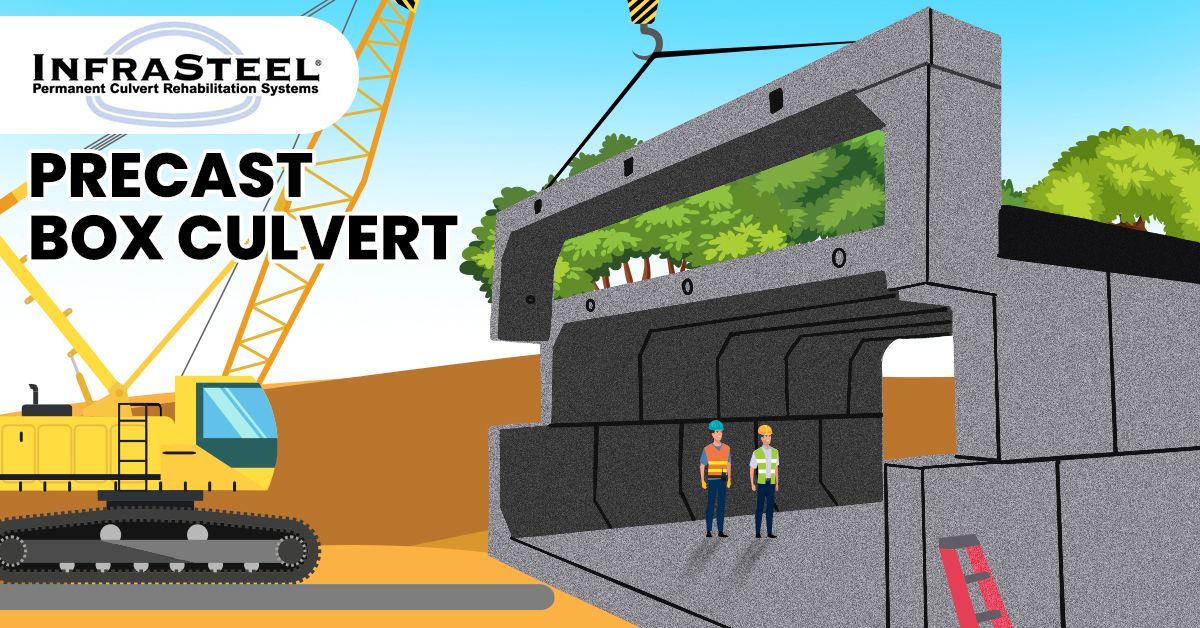

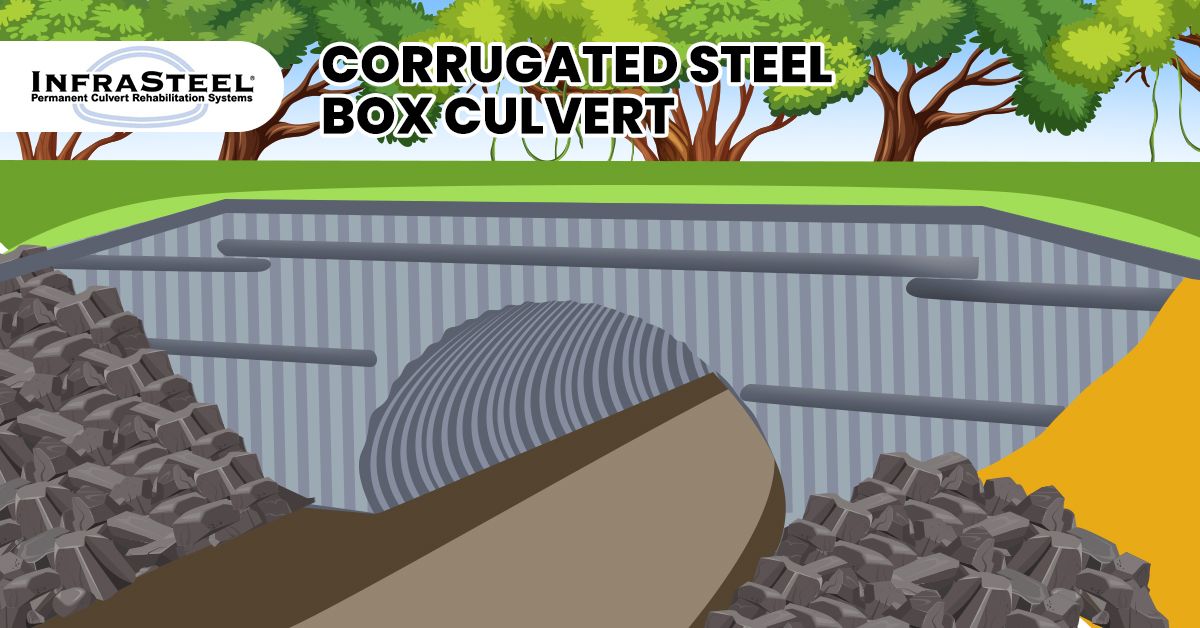
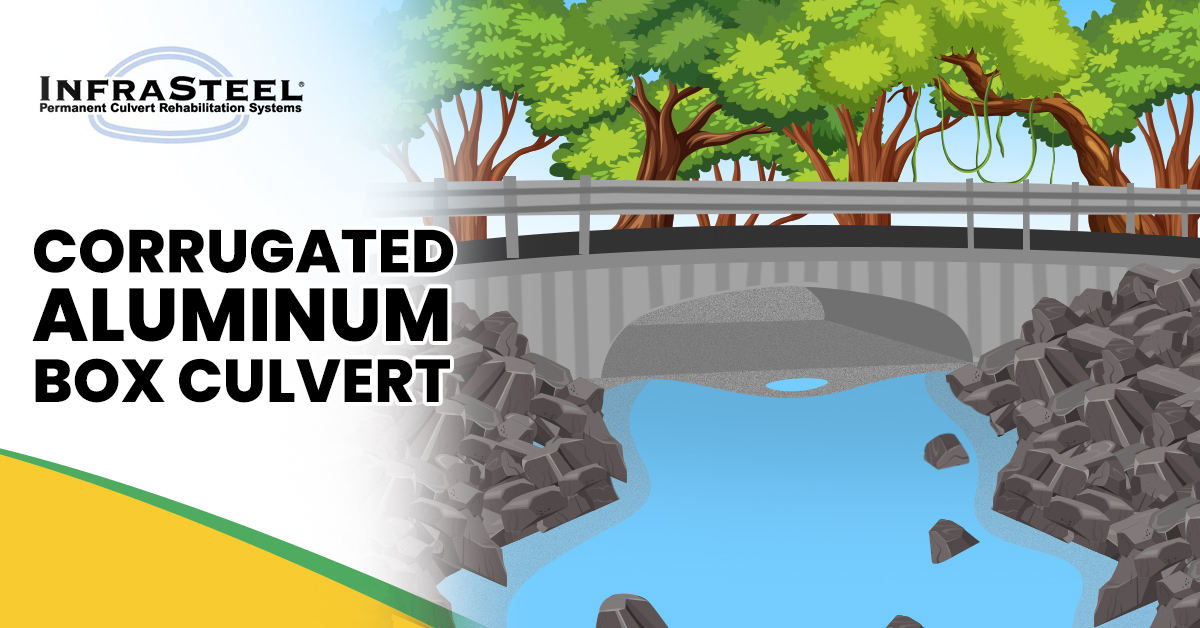
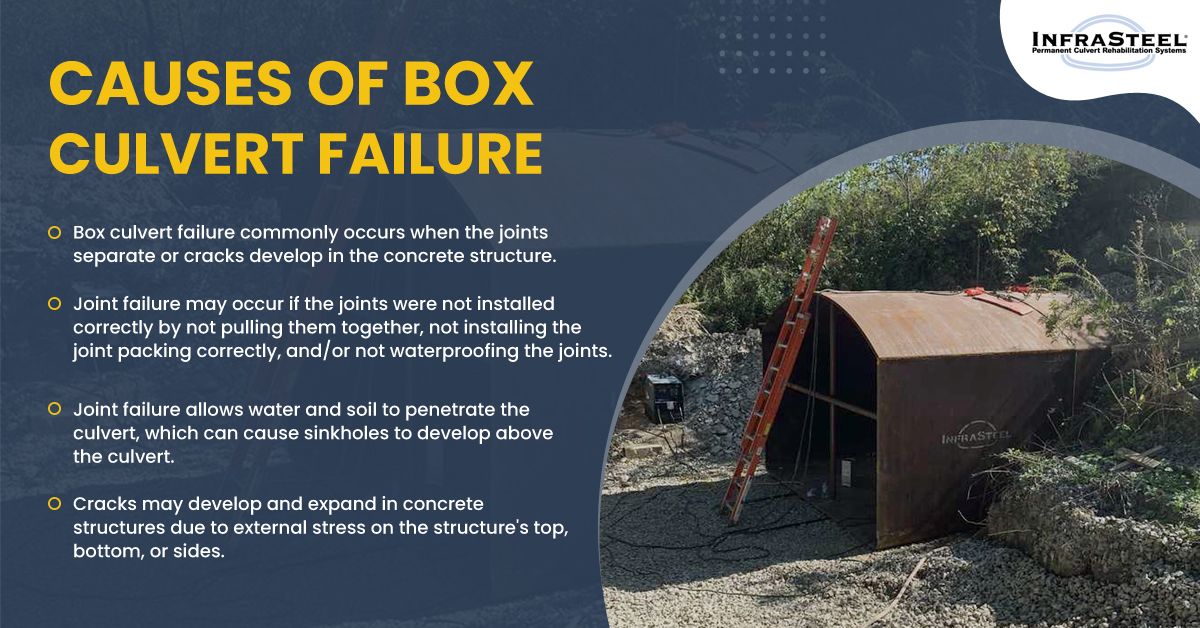
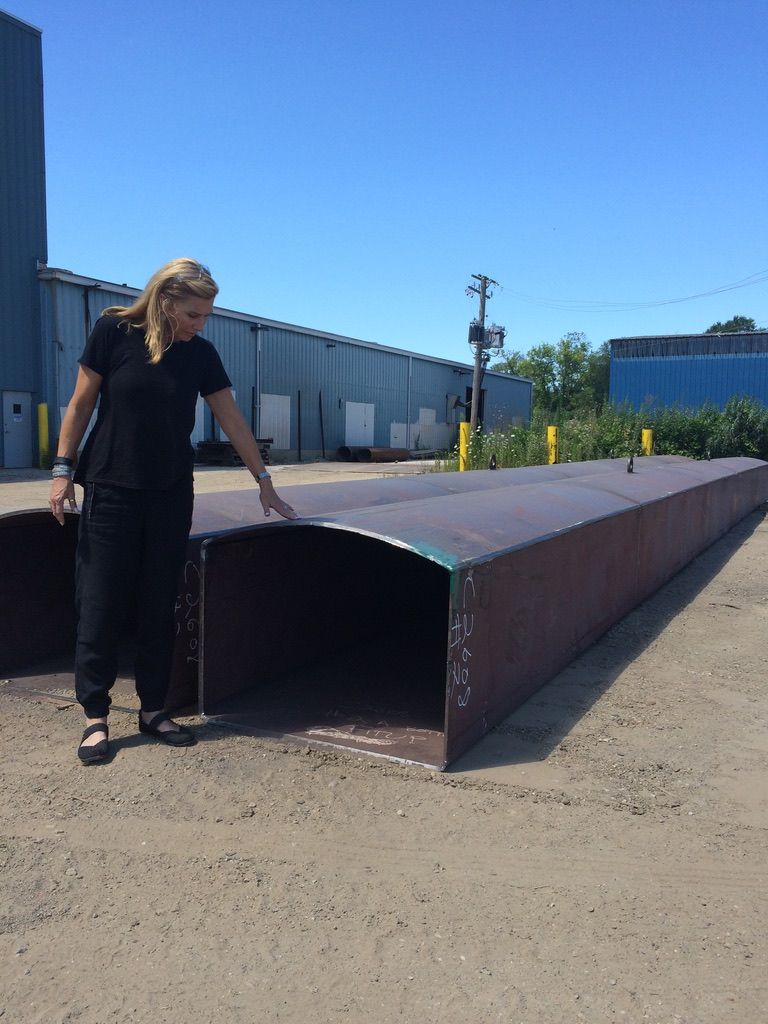

Leave A Reply